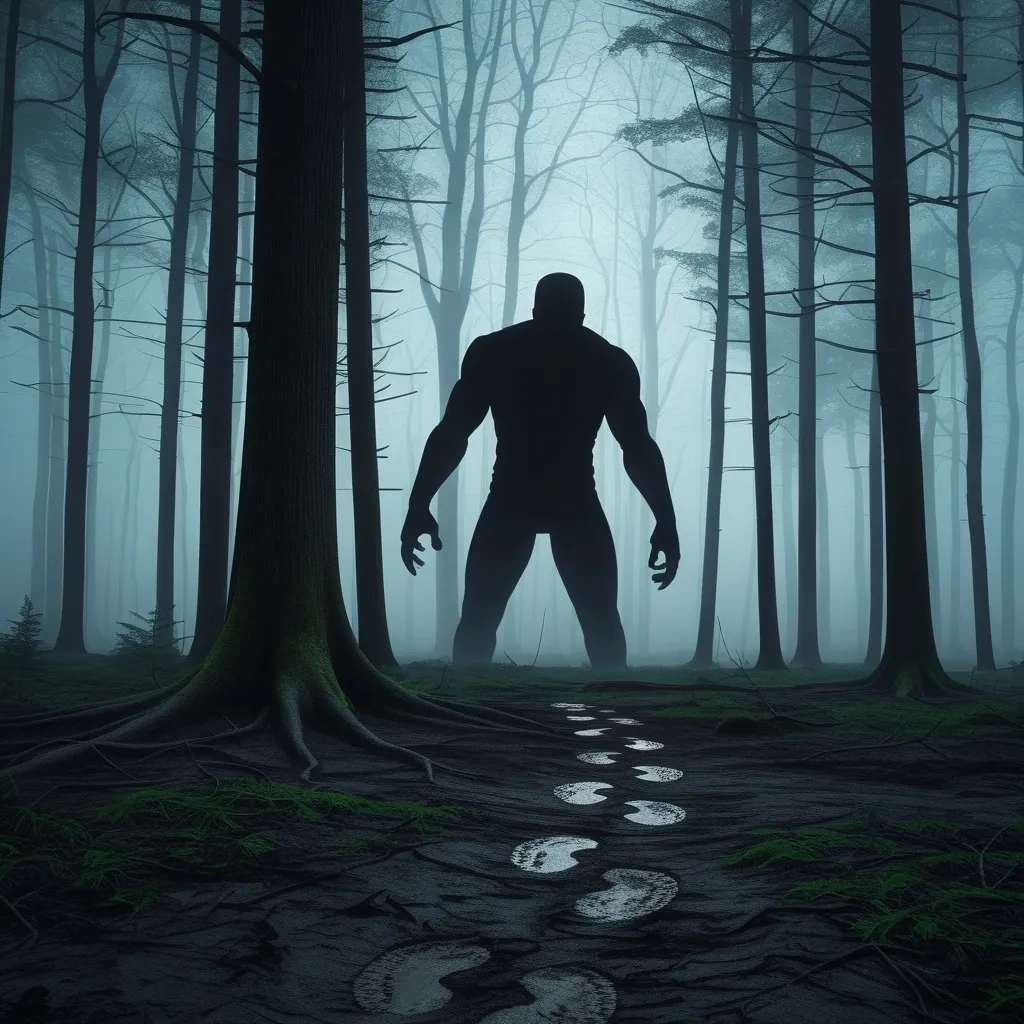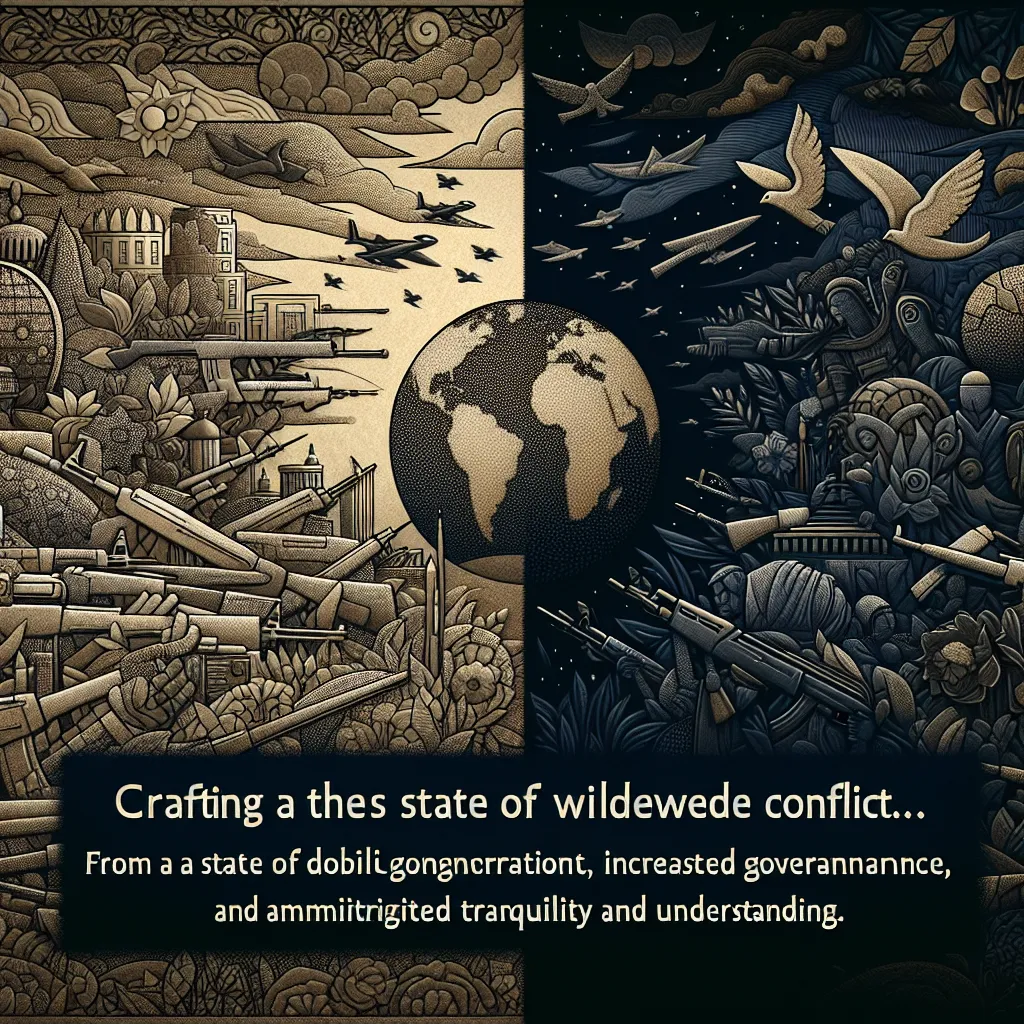Every second, about 16 million tons of water evaporates from the earth’s surface. Astonishingly, the same amount falls back down as precipitation. But water isn’t the only thing that falls from the sky. Over centuries, people have reported all sorts of weird stuff raining down. Things like frogs, spiders, animal flesh, and even blood. Sounds like something out of a horror movie, right? But it’s a lot more common than you might think.
In Honduras, there’s a festival called Yuvia de Peces, which translates to “Rain of Fish.” Each spring, it rains thousands of fish in the town of Yoro. And we’re talking about regular fish, not the flying kind. The town is 120 miles from the nearest body of water, making this event one big mystery.
Experts believe that a weather phenomenon called a “tornadic waterspout” is behind animal rain. Waterspouts are basically tornadoes that form over water. They can pick up light, small creatures like fish and carry them great distances before releasing them. Large waterspouts are about 300 feet wide and 2,000 feet tall and can be pretty dangerous. Anything within a meter of the water’s surface can get caught up and flung into the sky.
Animal rain isn’t just a quirky story from Honduras. It’s been documented globally, from India and Sri Lanka to Wales and even Philadelphia. The same hypothesis—that waterspouts or strong winds are responsible—applies to various animal rain incidents. For example, in 2016, a woman in Philly was walking when a five-pound catfish fell from the sky and hit her in the face. Some folks think a bird might have dropped it, but the fish would have been too heavy for most birds to carry.
And it’s not just fish. In May 2015, Goldburn, Australia, saw a shower of millions of baby spiders. They rained down and covered the landscape in silky webs. This phenomenon, called “ballooning,” involves spiders spinning parachute-like webs that catch the wind and take them far from their starting point. Usually, it’s not noticeable because it’s just one or two spiders, but when weather conditions are just right, it can lead to a spider downpour.
Worms, another form of bizarre precipitation, have fallen from the sky in various places and at different times of the year. In 2015, thousands of worms appeared on a snowy mountain in Norway. Scientists were baffled because the ground was frozen solid, making it impossible for the worms to have emerged from beneath the ground. Similar incidents have been reported in Scotland, Texas, Michigan, and even in Tucson, Arizona. While some blame air currents, others see these odd rains as a mystery yet unsolved.
And then, there’s the blood rain. For centuries, cultures around the world have recorded instances of red or blood-colored rain. In 787 A.D., a blood rain was reported in England, and it was later associated with the Viking invasion. Fast-forward to 2001, a red rain in Kerala, India, caught international attention. Initial tests suggested the rain contained heavy metals like nickel and iron, leading to theories about meteor bursts. Further research showed that algae spores were the actual cause.
One of the more grotesque incidents occurred in 1876 with the Kentucky meat storm. Small chunks of meat, thought to be either beef, lamb, or deer, rained down over a farm for several minutes. Investigations later determined the tissue was more likely lung tissue, either from a horse or an infant. The most credible theory is that it was vomit from vultures who, when threatened, regurgitate their food.
Memphis witnessed a famous snake rain in 1877. Thousands of black snakes were reportedly found scattered across the streets. However, it’s likely this was a case of mistaken identity, and the “snakes” were probably earthworms, as reported by another observer who claimed they looked more like worms when they were rinsed off and didn’t move like snakes.
Japan experienced a nationwide shower of dead tadpoles in 2009. They’re first spotted on the west coast and later reported countrywide. The clear skies and light winds made waterspout explanations unconvincing, and bird theories also seemed far-fetched given the widespread occurrence.
Frog rain is another bizarre yet historically acknowledged phenomenon. It’s even mentioned in the Bible. In 1873, Kansas City experienced a rainstorm that left the city covered in frogs. Similar events have been reported in Minneapolis, Leicester, and Sheffield. In 2010, Hungary faced a rain of tiny frogs, and the odd part was that many of them were still alive. Unlike other animal rains, the frog rain didn’t coincide with storms or waterspouts. Some zoologists believe it’s migrating frogs, but how they end up on cars and buildings remains a mystery.
And then there’s star jelly. The inspiration for the classic horror movie “The Blob,” star jelly is a mysterious gelatinous substance that’s been found across the globe. When investigated, it usually evaporates or dissolves before any concrete analysis can be done. National Geographic tested a sample and found no DNA, making it alien-like in its mysteriousness.
These weird rains do get people talking, and scientists continue to offer theories. But given the lack of concrete evidence, the debate rages on—with suggestions spanning from natural phenomena to extraterrestrial activities.
So next time you think it’s just going to rain cats and dogs, it could very well rain frogs, fish, or even star jelly. The world is a weird and wonderful place, after all.






